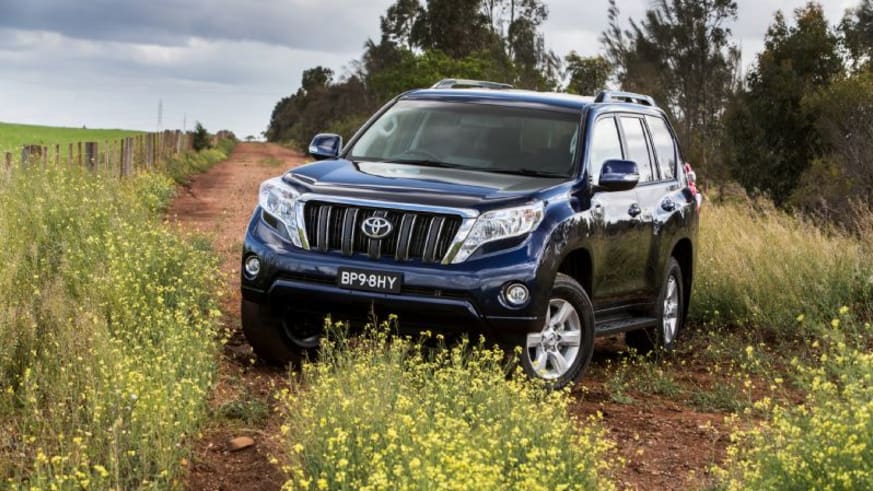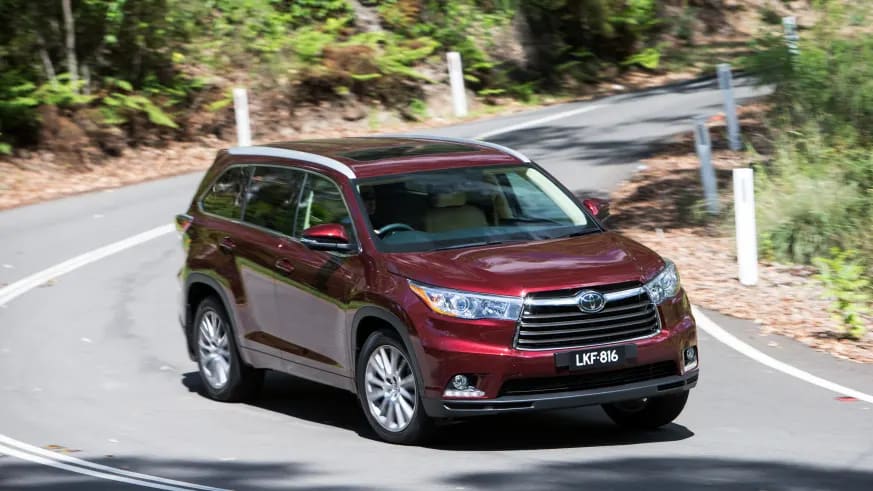
The differences between AWD and 4WD
Posted in Buyer Advice
The differences between AWD and 4WD
The terms 4WD and AWD seem to have a lot in common, but even though they send power to all four wheels in a vehicle, that’s where the similarities end.
In this article, we’re going to share the fundamental differences between 4WD and AWD.
When shopping for a vehicle, or even when owning a 4WD or AWD vehicle it’s important to know the differences so you know you’re buying the right car for your needs.
4WD

Also known as Four by Four, or 4x4, a 4WD vehicle has been traditionally designed with off-road use in mind and is a technology that has been around for a very long time.
In most modern 4WD’s, the system works by using a few differentials to help power get to where it’s needed most. There’s a differential connected to the front wheels, the rear wheels and a centre differential in the middle of the vehicle.
Normally 4WD isn’t active 100% of the time, the driver either needs to use an electronic switch to engage 4WD or use a low-range gearbox to select which mode of drive they want.
Some of the advantages of 4WD are:
- Excellent traction in off-road conditions
- Is only used when needed, improving fuel economy
- Proven, rugged technology
Some of the disadvantages of 4WD are:
- Adds weight and complexity to a vehicle
- Not ideal in all road-conditions
- More expensive than other drive types (2WD etc.)
AWD

AWD is a fairly recent innovation and can be a much more complicated system underneath. On the surface, it’s simple requiring little or no input from the driver.
It’s extremely versatile with it being applied to high-end sports cars all the way through to family SUV’s.
There are normally two types of AWD systems. A mechanical AWD system is usually always 100% on, and an electronic AWD system will only be engaged when it is needed.
What makes AWD systems complicated, but much safer for the road are the myriad of computers involved to monitor traction, wheel speed, and more. This assists with the system knowing where to send power when it is needed for traction and stability.
It’s worth noting that an AWD system can’t quite match the low-speed off-roading capabilities like a 4WD system can. They also don’t have the ground clearance required. So, even though an AWD would be ok on the beach, that off-road track you want to explore won’t be ideal.
Some of the advantages of AWD are:
- Provides good all-round grip under all road conditions
- Sportier handling and traction in a broader range of cars
- Engages automatically when it is needed
Some of the disadvantages of AWD are:
- Reduces fuel economy
- Increased weight and complexity
- Not as good in off-road conditions as a 4WD.
WHICH ONE SHOULD YOU GET?
When it comes to choosing to look for a 4WD or AWD vehicle depends on what you will be using the vehicle for.
If you plan on using your vehicle off-road often, a 4WD will be the best decision to make. It’s reliable and perfect for tough, low-speed terrain.
For most people though, an AWD vehicle will be the better choice. It provides a better safety net on the road, doesn’t require any intervention from the driver and can do some light off-road work if you need it to.
You can check out our range of AWD vehicles online: Click Here
If off-road adventures are more your thing, check out our 4WD vehicles online: Click Here



